Media | Articles
2023 Porsche 911 Carrera T Review: Focus feature
Can you feel a 100-pound weight difference in a two-and-a-half-ton sports car? We couldn’t, and we expect that most people don’t have the necessary butt calibration to feel a weight change of three percent.
In any case, with the new Porsche 911 Carrera T, such mass loss is not important. Given that much of the T’s trimming over a base 911 Carrera results from deleting the latter’s tiny rear seats—a 911 amenity that most will not miss—any change in overall weight balance might be more significant. A rear-engine car such as a Porsche 911 can always stand to lose a few pounds in the rear.
The T designation—for “Touring”—launched in 1968. At the time, Porsche saw the model as the basis for a homologated race car in a stock-body touring series. The name has long been known, however, as the stripped-down, poverty-pack 911, a car for people who want all the 911 feel but no unnecessary coddling. That first T was drop-kicked from the 911 lineup in 1973. Nowadays, when the base Carrera starts at just over $100,000, a poverty-pack 911 doesn’t exist. With its relaunch in 2017, the T became something of a connoisseur’s choice. Priced between the base Carrera and the more powerful Carrera S, the car was and remains the lightest 911 Porsche builds.
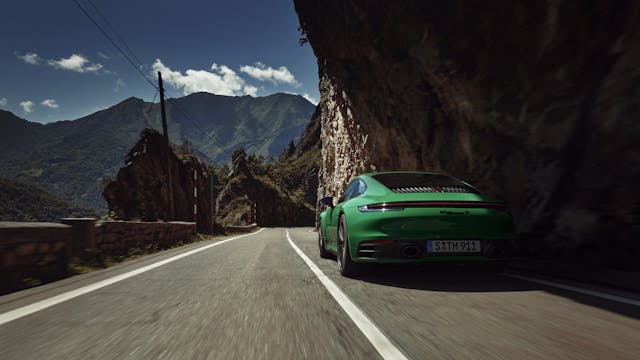
We make light of the Carrera T’s hefty lightness—the model also receives thinner glass and reduced cabin insulation—but at a claimed curb weight of 3254 pounds with the standard seven-speed manual (an eight-speed automatic is a no-cost option), the 379-hp, rear-drive Porsche is indeed pretty light for a modern car. The $118,050 base price is more than $5500 below that of a Carrera S, a car with 64 more horsepower.
Is the T worth the spend over the base Carrera? It’s best to think of the former as an optioned-up base car, since nobody really buys a stripped Carrera anyway. Standard T upgrades include Porsche’s electronically adjustable PASM Sport suspension and Sport Chrono package. The Chrono pack includes driver-selectable performance modes, dynamic engine mounts that help dampen the pendulum effect of that rear engine’s mass in corners, and a dash-top chronograph.
Marketplace
Buy and sell classics with confidence
With the T you also get access to some options unavailable on base Carreras, including active rear-wheel steering and that rear-seat delete. (The seats can be optioned back in for free.) On top of that are distinct 20-inch wheels and light exterior changes over the base Carrera, including a lightly revised front fascia.
In the age of 450-hp stock Mustangs, the 379-hp and 331 lb-ft produced by the T’s twin-turbo, 3.0-liter flat-six can seem like a yesterday figure. That’s a clue to intent: This model isn’t for those swayed only by power figures. And working a sports car up a winding road with just enough power will always be more fun than holding one back when it has too much.
The T attacks back roads with organic and naturally weighted steering, a surplus of grip, and a lively throttle pedal that seems connected to the engine by tensioned piano wire. At 178.3 inches long, the current 911 is about the same length as a C7-chassis Corvette (2014–19), a car most people would not consider stubby. That said, the Porsche seems to operate with a complete lack of slack or slop, seemingly smaller once in motion, and so you wear it like a second skin.
No doubt the T’s corner appetite is aided by that $2090 rear-steer option. The rear-steer system was featured on our test car, and it massages rear toe settings in concert with steering and chassis conditions in order to sharpen helm response. Some rear-steer setups can make a car’s back end feel disconcertingly loose and rubbery, but Porsche seems to have worked hard to make its mechanism operate transparently.

Does the car just have focused, immediate turn-in, or is it that rear steering? Or is it both? Hard to say. One thing we won’t say is that the T is a go-kart; Porsche has evolved the 911 over the years into a very sporty grand tourer, striking a pleasant balance that stops well short of feeling darty or hyperkinetic.
It’s fun to tell people you have a seven-speed manual. And it’s always more fun to row a stick than to punch a paddle. But you never feel that the seventh gear is necessary here, as the turbocharger provides so much torque in the basement. Peak torque arrives at a diesel-like 1900 rpm and hangs on through 5000. Top gear isn’t particularly tall, so the engine still pulls nicely there. You may commute in a 911 T for years without ever feeling the need to slap the shifter into seventh gear, but that is not a criticism, only an observation.
Thus, the T is for 911 pilots who aren’t obsessed with numbers. Not that the base 911 (if you can even find one in dealers) is a dull pencil. But as always with Porsche, you can get a little more from having a little less.
2023 Porsche 911 Carrera T
Price: $118,050 (base)
Highs: Balance and feedback, and a sense of outsmarting the option book to land a sports car that punches above its weight.
Lows: The “cheap” enthusiast 911 that still ain’t cheap. Knowing that we live in an era where a bare-bones European performance icon weighs 3200 pounds. Everyone will ask why you didn’t spend another five grand for the 64 additional ponies of the Carrera S.
Takeaway: Balance and restraint in an age too often lacking both.









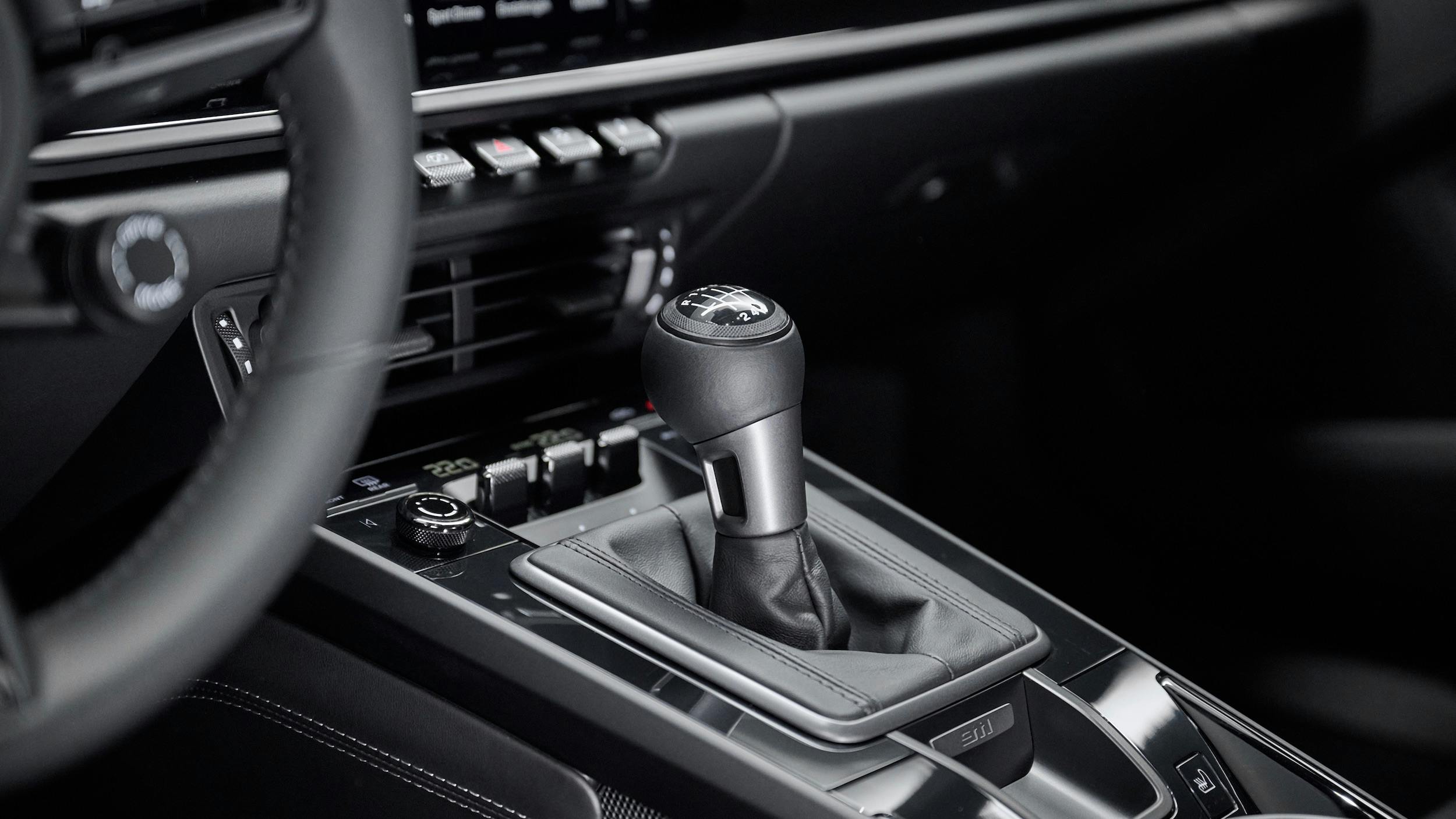
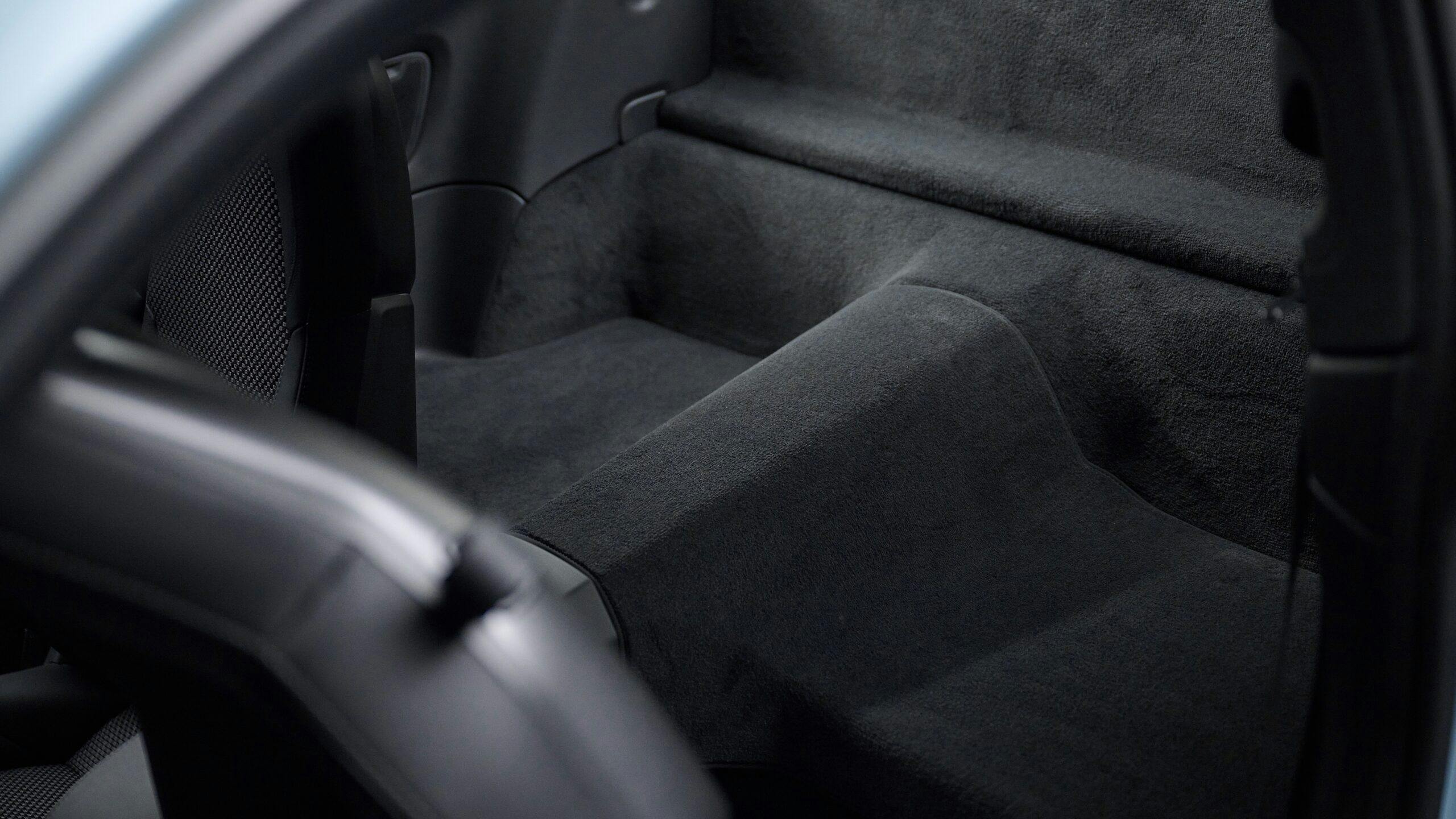


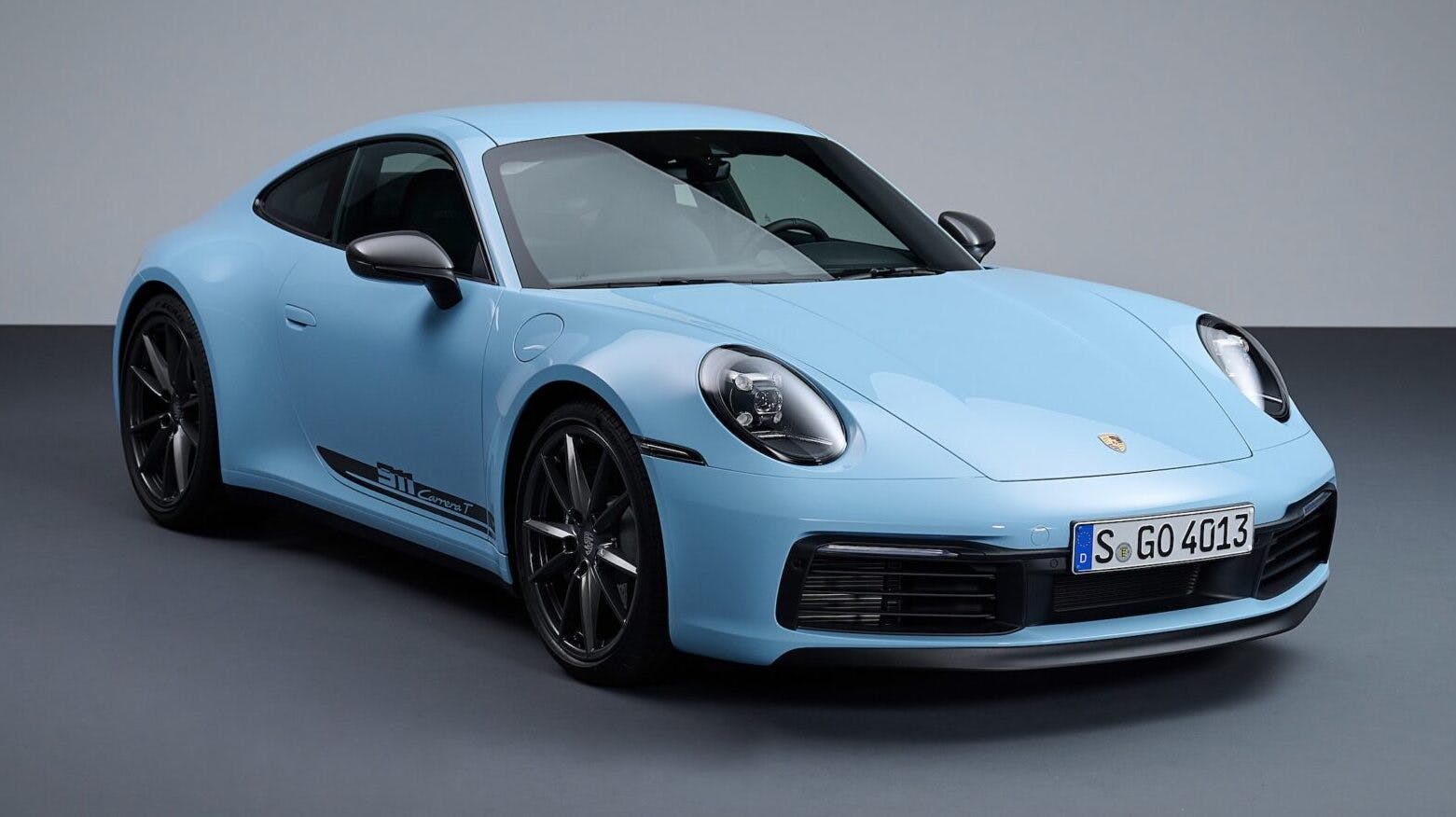
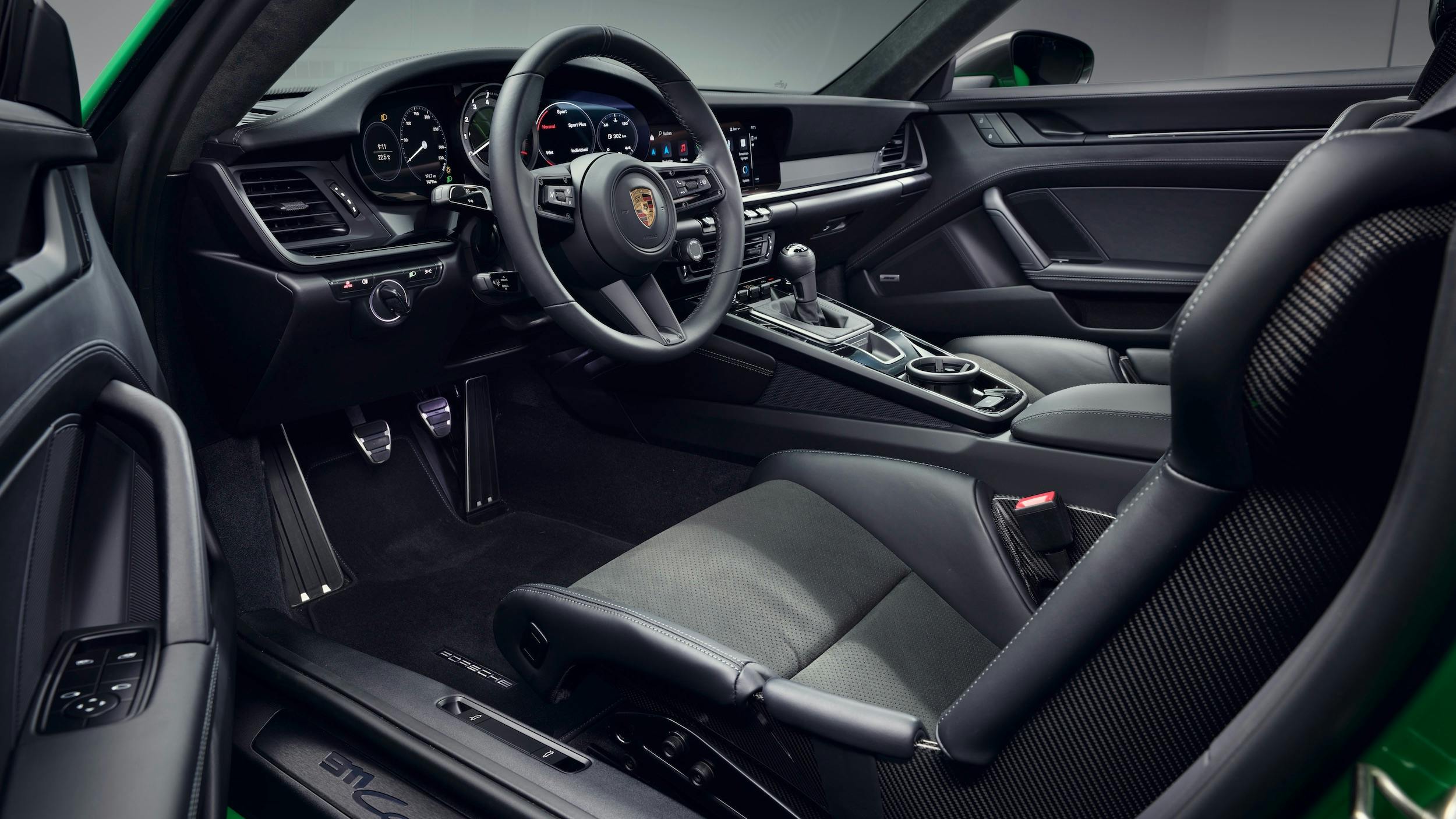
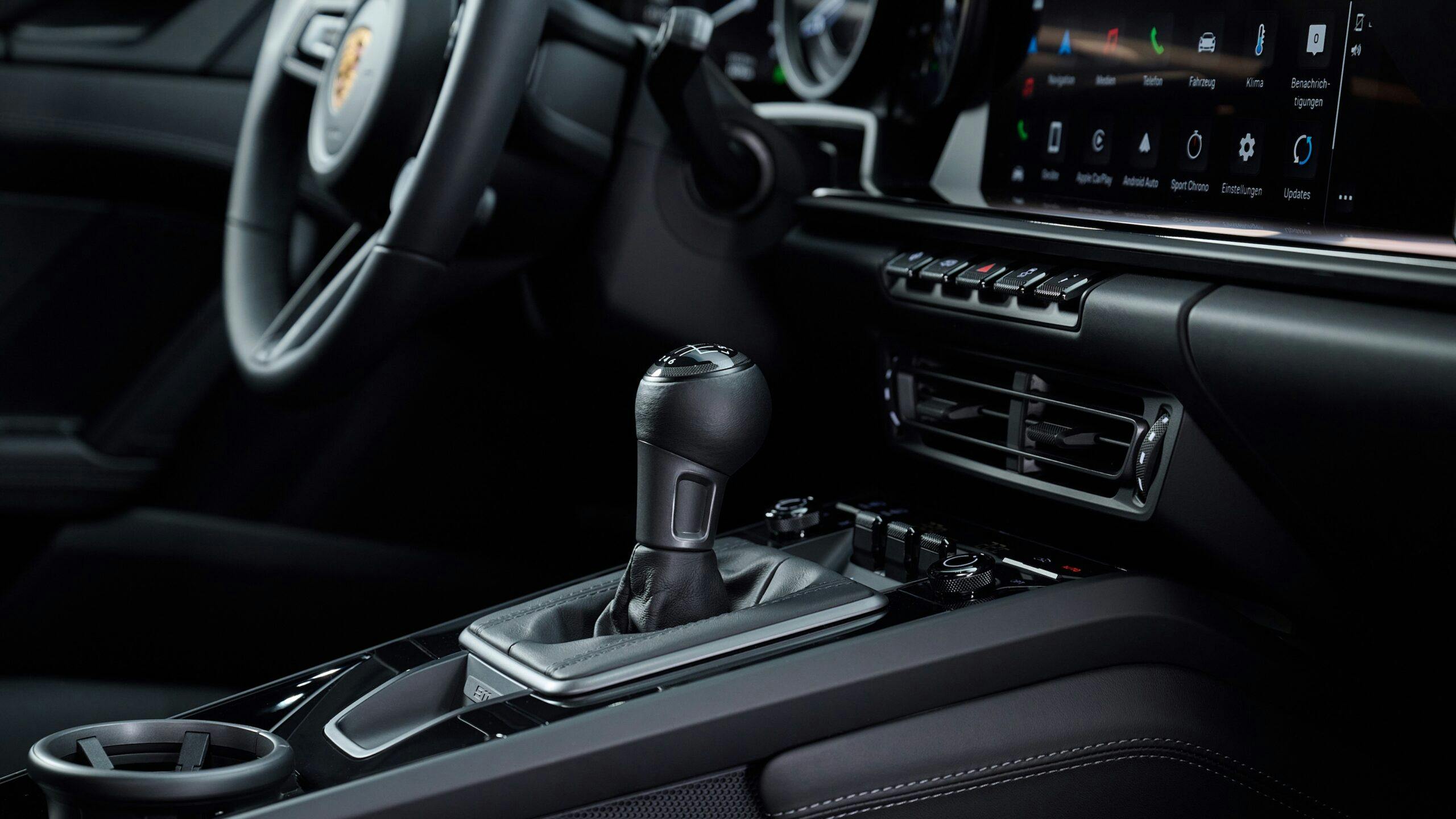
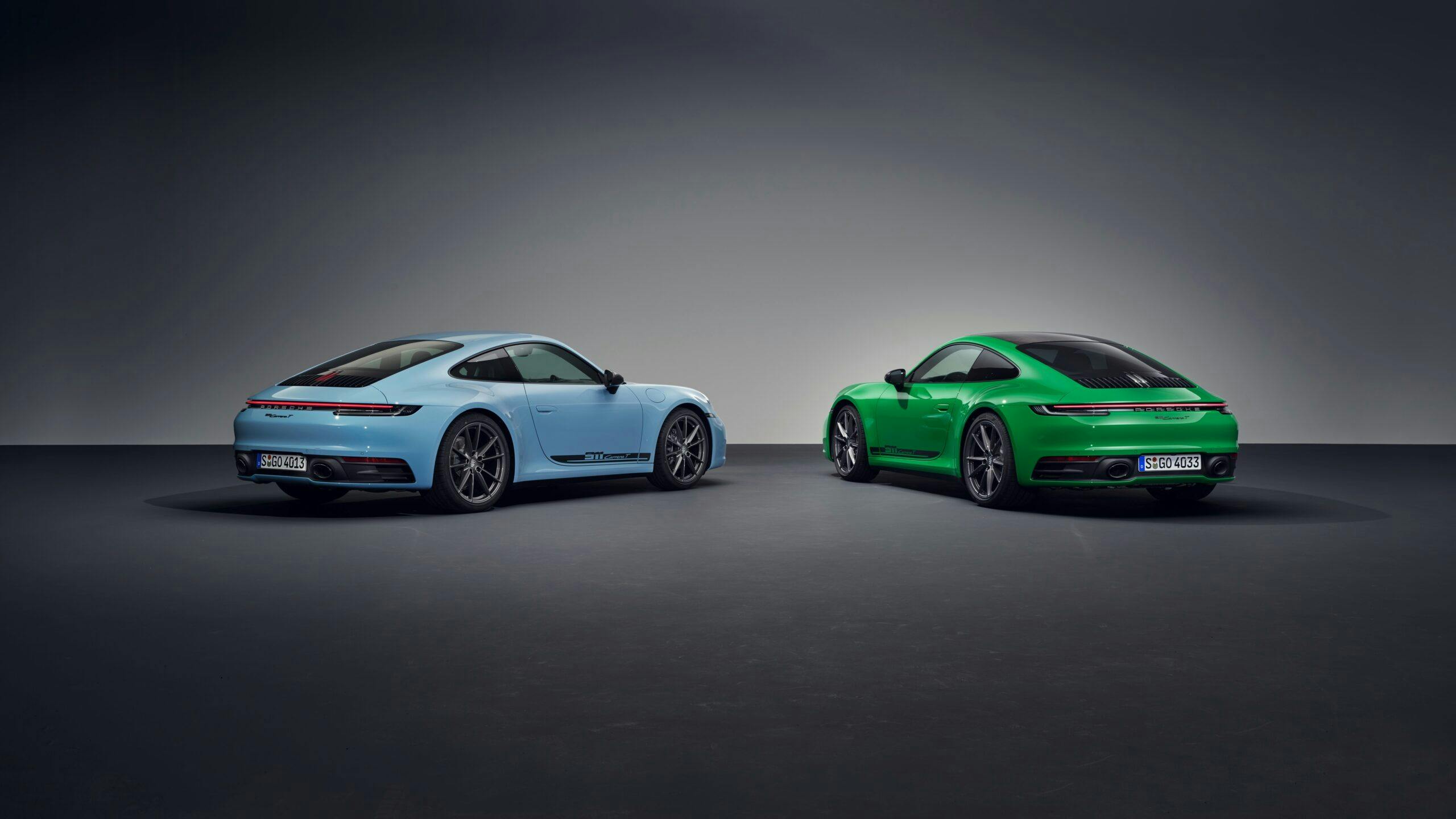
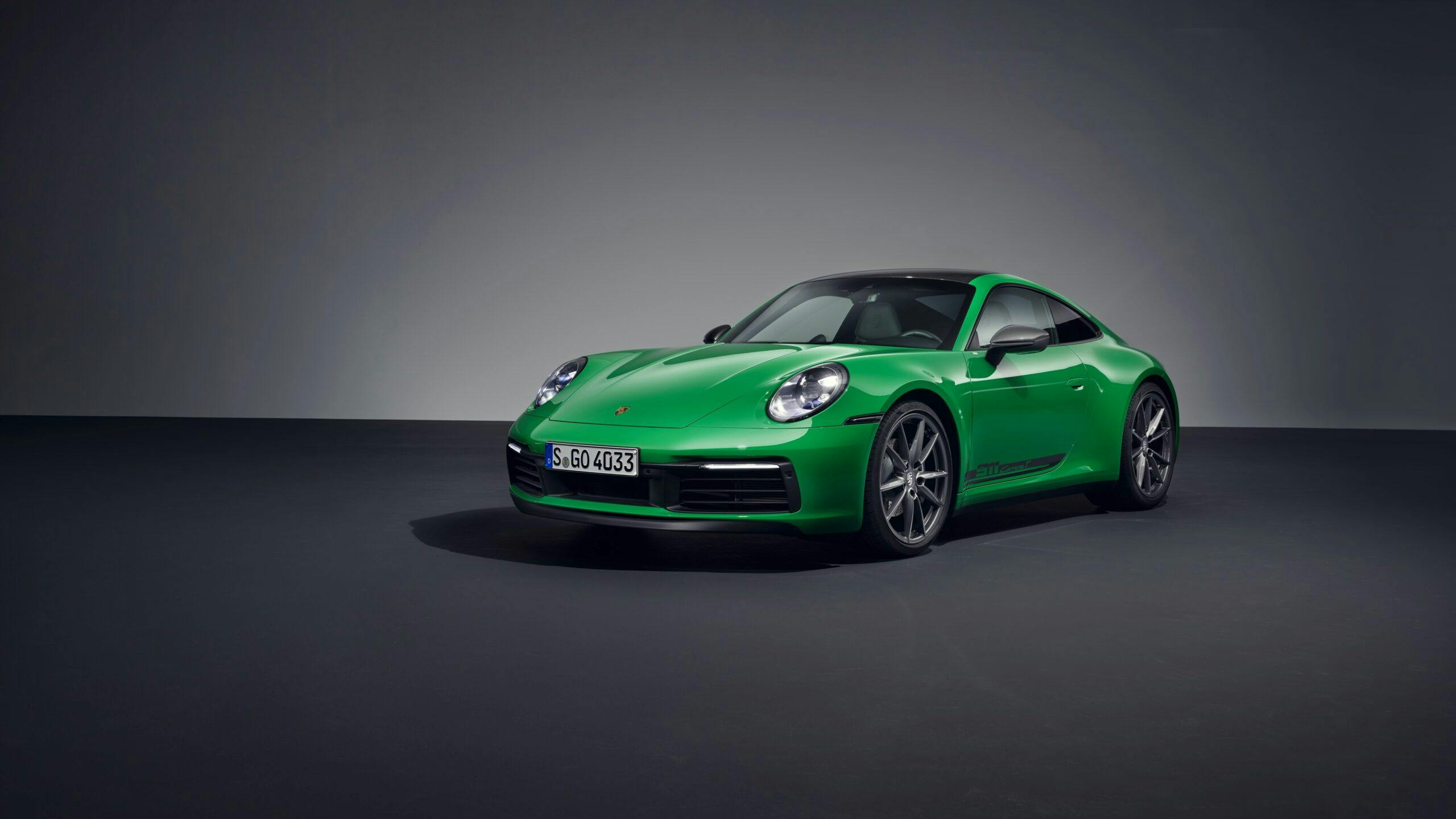
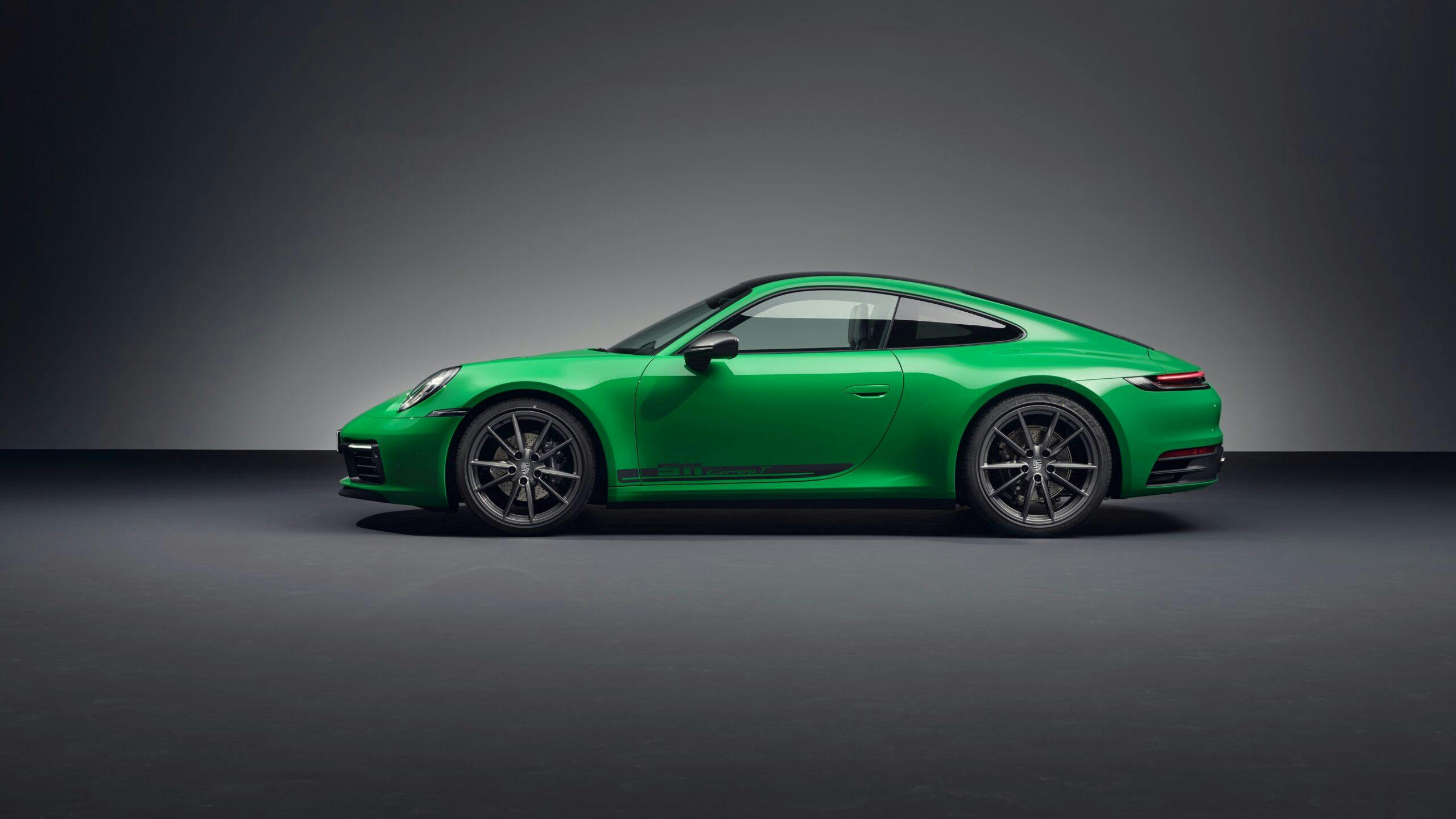



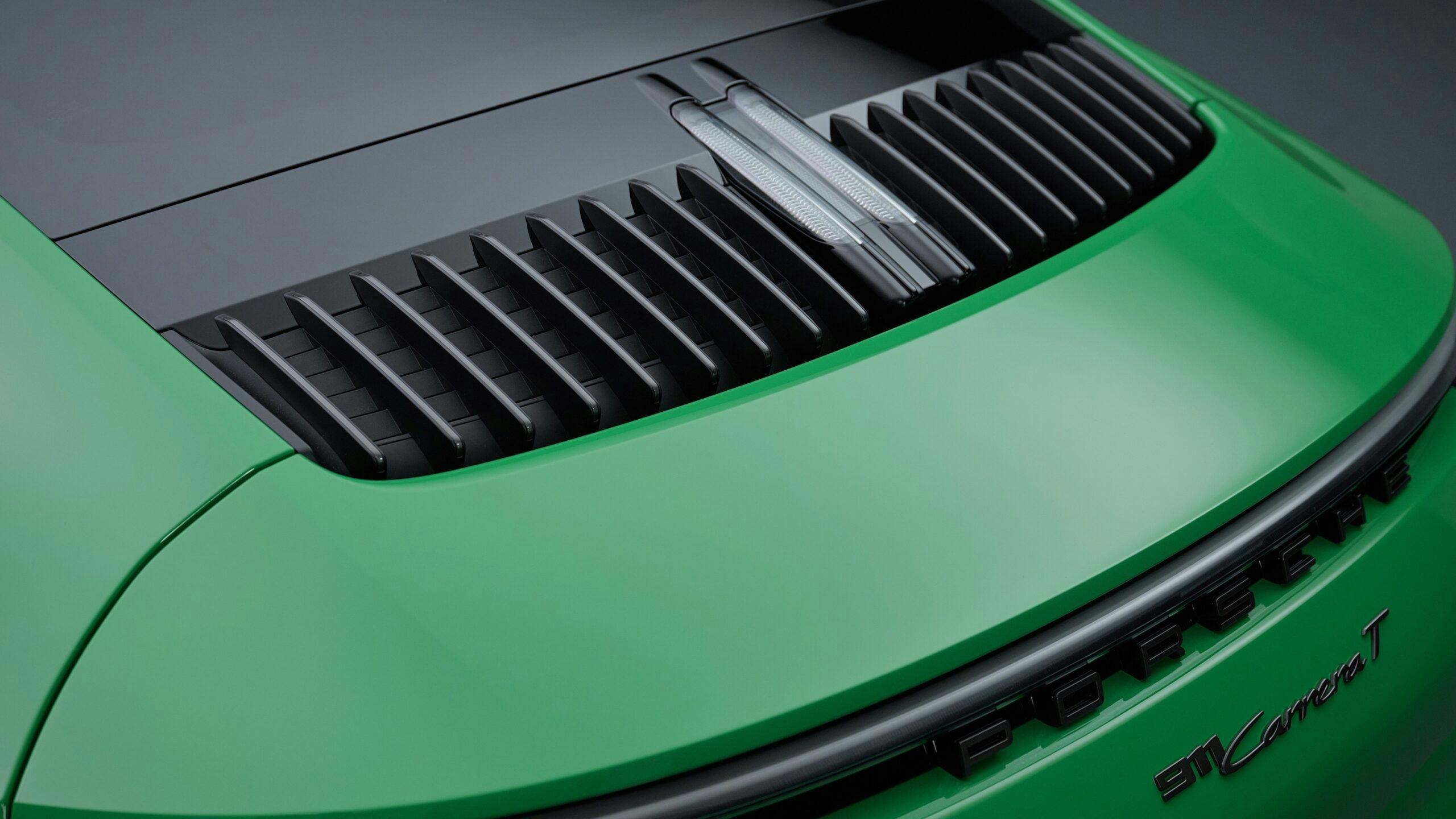
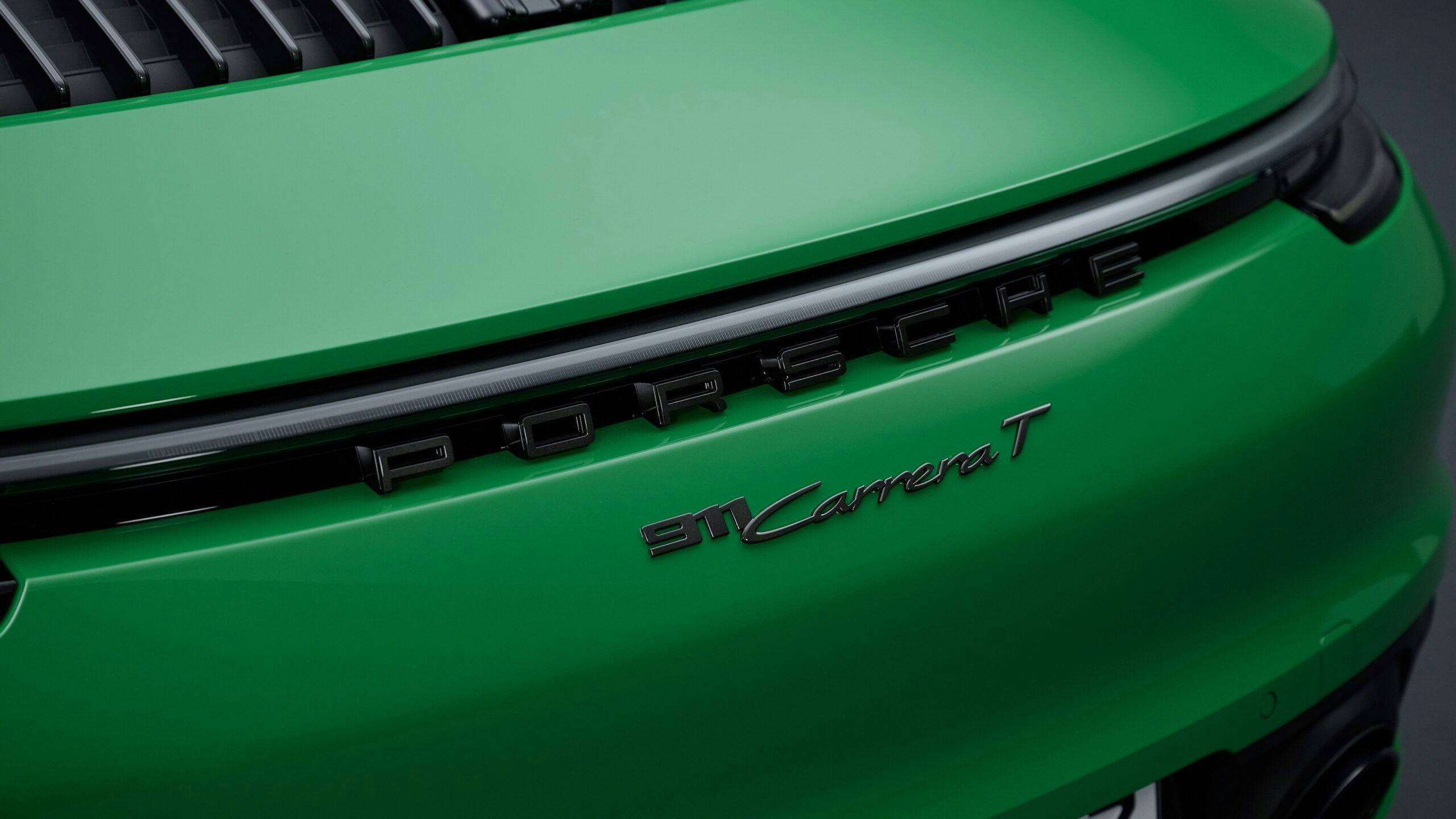




















Nice review, but I think you mean to say one and a half ton sports car in the opening paragraph.
Looks like a fun package. It’s a bit of a high price to me for what you get considering used 911’s.
What is that green called? Love it!
One little tidbit missing in the fantastic Carrera T article. Tune, free flowing exhaust and upgraded GTS turbos. 600 HP coupled with a lightweight, two wheel drive platform for way less cost than a Turbo S. Sign me up! Modern day restomod. See you later 1M Singer Porsche.